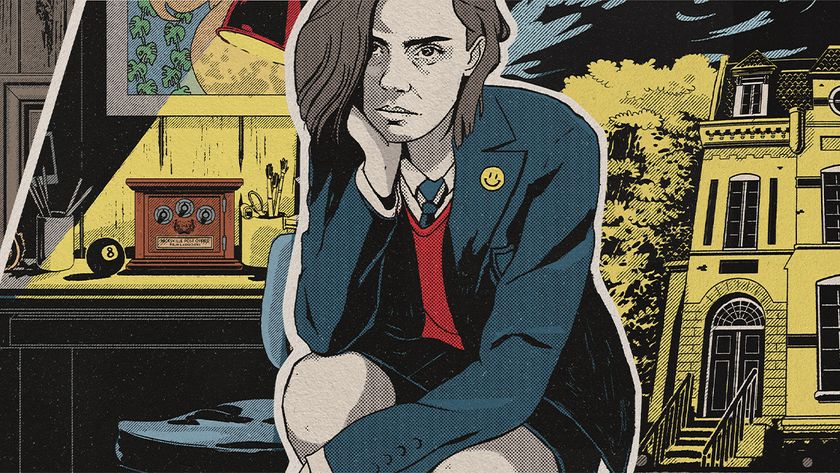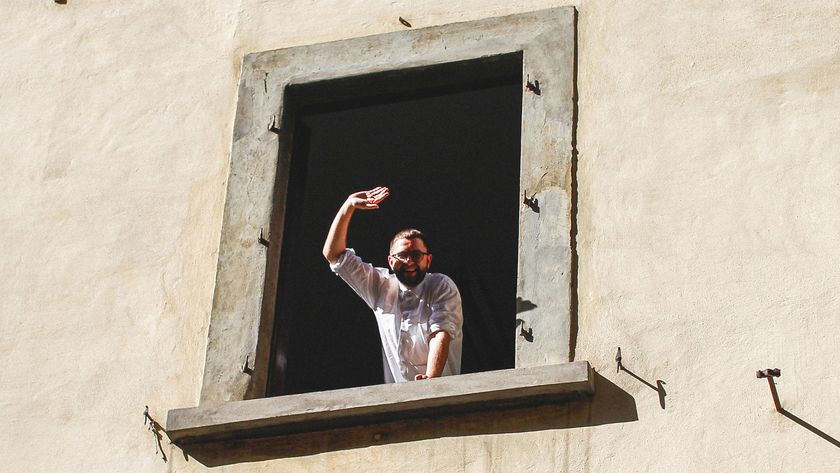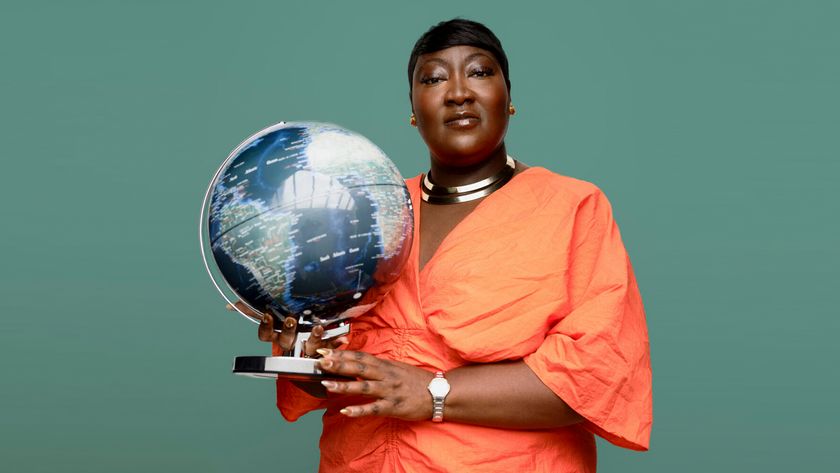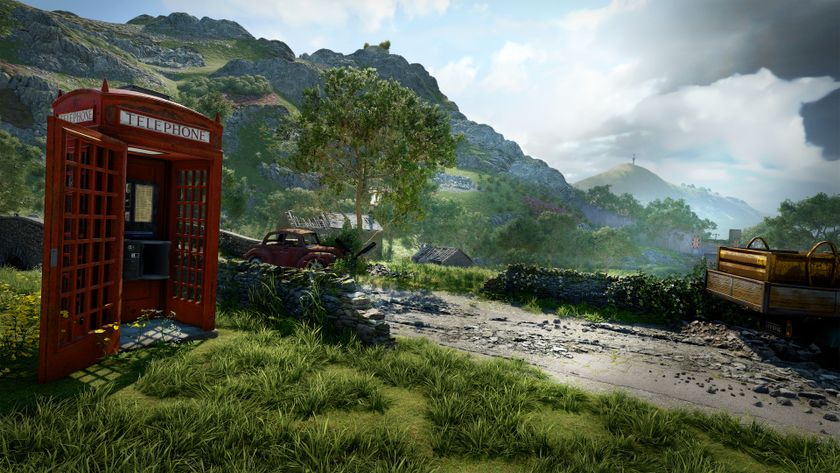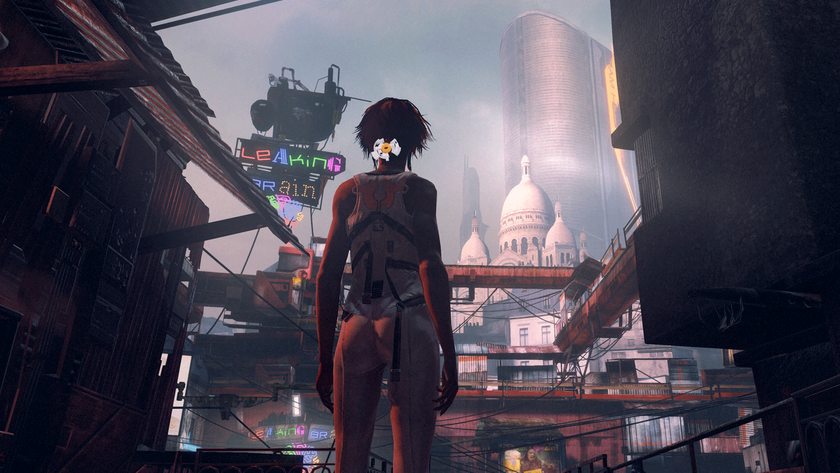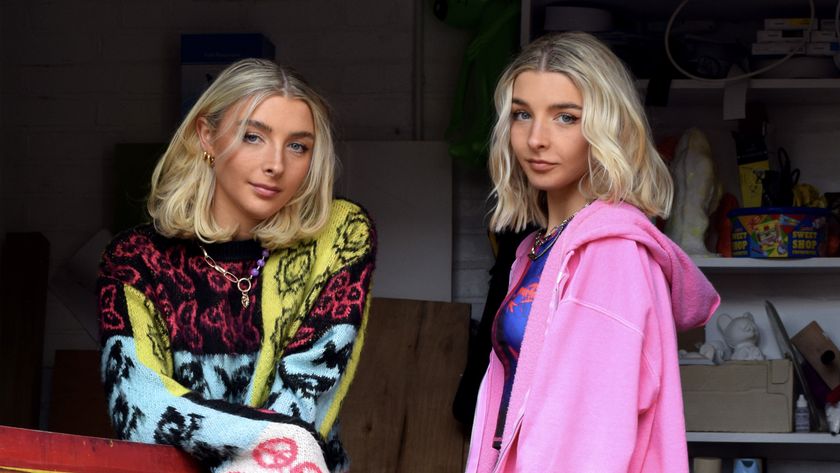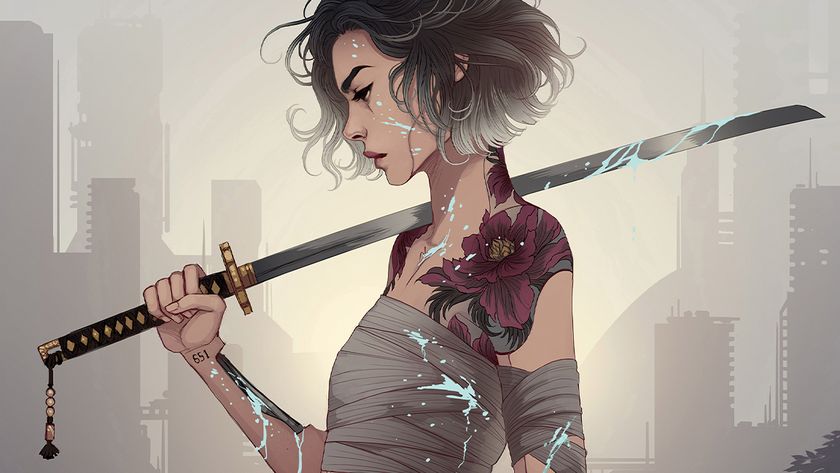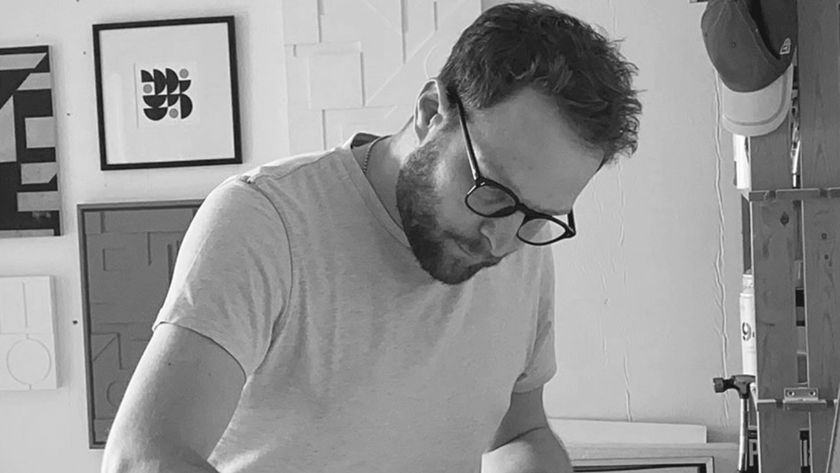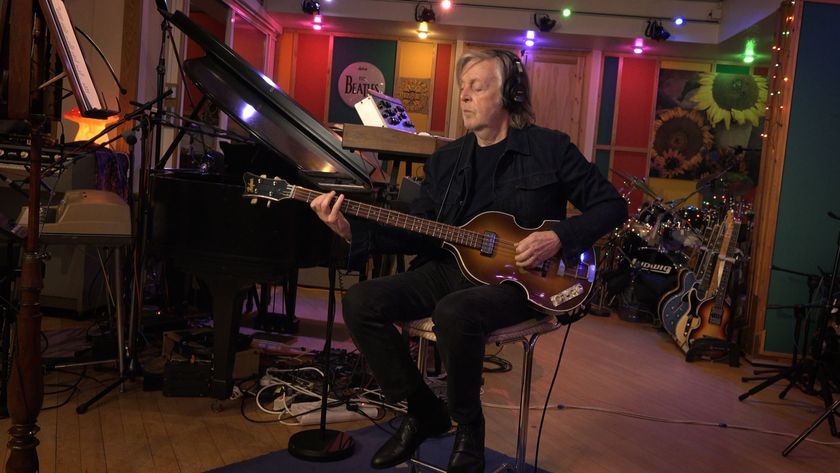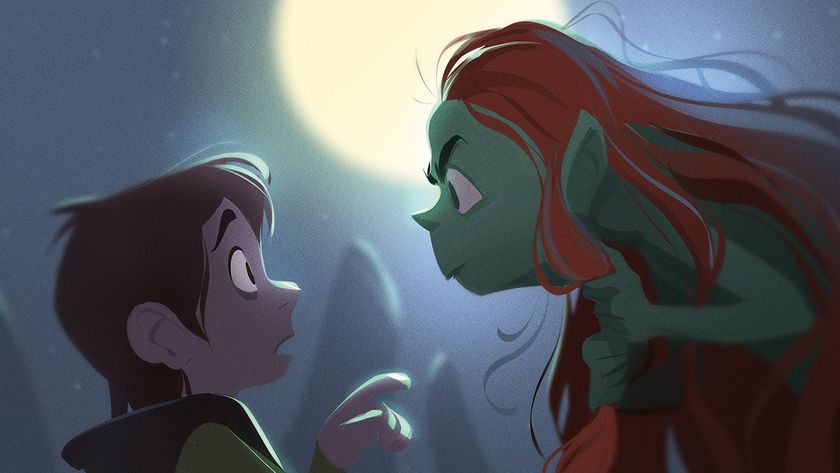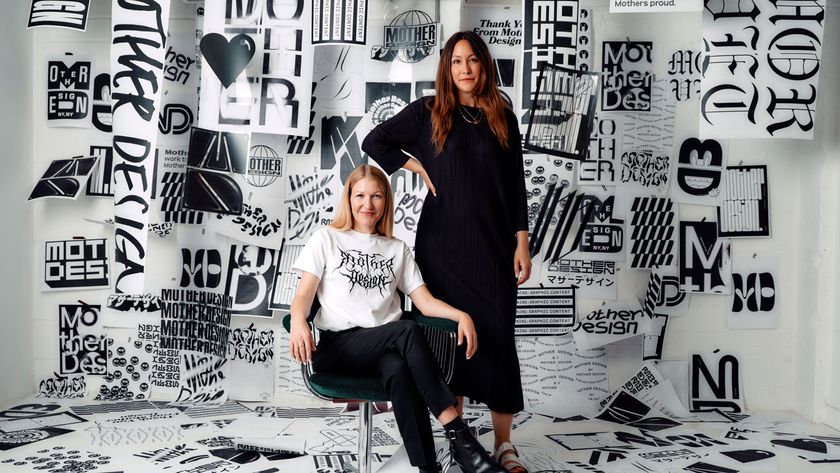How to survive a decade in the design industry
Designer Gordon Reid shares his path into creativity ahead of his upcoming talk at Cape Town's premier conference Design Indaba.
Gordon Reid is a UK-based graphic designer and illustrator with an impressive portfolio. Reid set up his creative agency Middle Boop in 2009, and has since gone on to work for clients including Nike and Starbucks, to name a few.
Probably best known for being one of the creative brains behind the Weird World Cup project, Reid is now celebrating a decade working in the design industry, embarking on a 10-year anniversary tour, with new projects and various design events in the pipeline.

And next up in Reid's busy schedule is taking to the stage at this year's Design Indaba conference in Cape Town. We caught up with him ahead of the event to find out a little bit more about the man himself and how his creative career has led him to the main stage.
How did you creative career start?
"I was working in a pub where I met two guys who were a few years older than me and they were doing a graphic design course. I saw their work and it was really rudimentary graphic design, but it was just one of the moments where I realised I wasn't particularly inspired by what I was currently doing. I saw their work and it was like a spark – I could do graphic design for a living.
So everything happened pretty quickly after that. I quit studying English and media at college, went and did an art foundation degree. And from that moment I just knew it was what I wanted to do.
I saw the work and it was like a spark – I could do graphic design for a living
I knew I wanted to develop a style, but I couldn't draw and I wasn't particularly great with a computer then, but I found I was really inspired by collage artists. And that was something I could do. So I got bad grades at university for doing collage, but I didn't care as I knew I wanted to do that.
"In the beginning, it was all traditional collage, so going to car boot sales and finding magazines to pull apart. But after uni, I started teaching myself properly how to create collages digitally and I started making connections with band labels and managers through a blog that I was running at the time called The Middle Boop magazine. Through that we were able to connect with designers who we were inspired by, and that's really how it all started."
Get the Creative Bloq Newsletter
Daily design news, reviews, how-tos and more, as picked by the editors.
Tell us about the Weird World Cup beermat project
"It literally came from one afternoon in the pub thinking how it would be great to do a project for the World Cup, and how it would be hilarious to try and convince an artist like Sagmeister to create artwork for a beermat that would then up in a crappy pub with someone resting their pint of Fosters on it, having no idea why there's artwork on this thing or who this guy is. I just thought there was something really funny about it.
"So part of my talk at Design Indaba is how we went on to convince 20 leading illustrators and creatives to give their time to this project. And how it blew up unbelievably quickly, to the point where we ended up on TV and were selling them to people all over the globe."
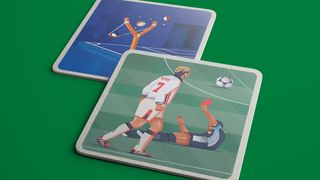
How do you go about finding new work?
"Reputation goes a long way in work finding you, that's for sure. Get a good reputation in the industry and that will help massively. But I'm always doing something to come up with new self-initiated ideas that gain some traction. At the end of the day, the more I work I put out to a high quality, the more work I get. I'm always looking for new ways to push the way I present myself and work further too."

What are your go-to apps to help keep you productive?
Google calendar is pretty handy for making sure I don't double book meetings or forget I'm meant to be travelling somewhere. Apart from that, believe it or not, I use pen and paper and a whiteboard to keep track of all jobs and deadlines. For client-based work though, where they want to be kept updated on progress, we use project management app Trello.
What skills do you think creatives need to succeed in the industry today?
"Learning business skills is vital, but tricky, as no-one is really going to teach you. How you quote for a job, how you value yourself and your talent and how to not get ripped off are all things you have to learn the hard way if you have no business skills under your belt. But with a little of initiative and networking, you will be able to pull on the knowledge of fellow creatives, who can help you out and grow in confidence as to what to charge.
Bring able to create a style that you're recognised for is a brilliant skill
"Another important skill is marketing, and learning how to promote yourself properly. It's so easy to be able to get your work out there now with all the different social media platforms, but among a sea of others doing the same, it's even more important to know how best to market your work. There's definitely an art to being able to get yourself out there and promoted by the right people.
"I think being able to create a style that you're recognised for, which is also versatile enough to be easily applied to multiple different formats and touch points is a brilliant skill to have. Not only does this open lots of doors, in terms of work, it also means people have the confidence and trust in knowing that you can manage the entire job."
See Gordon Reid at Design Indaba 2019
If you want to see more from Gordon Reid, including all the takeaways from the Weird World Cup beermat project and almost certainly some hilarious cat GIFs, make sure to get your ticket to Design Indaba 2019. Kicking off in Cape Town on 27 February, this is one design event not to be missed! You can also follow all Reid's latest antics over on Instagram and Twitter.

Thank you for reading 5 articles this month* Join now for unlimited access
Enjoy your first month for just £1 / $1 / €1
*Read 5 free articles per month without a subscription

Join now for unlimited access
Try first month for just £1 / $1 / €1

Kerrie Hughes is a frequent contributor to Creative Bloq, and was once its editor. One of the original CB crew, Kerrie joined the team back in 2013 after moving from her role as staff writer on 3D World. Since then she's written regularly for other creative publications such as ImagineFX, Computer Arts and Digital Camera World. After a stint working for the police, Kerrie is back reviewing creative tech for creative professionals.
